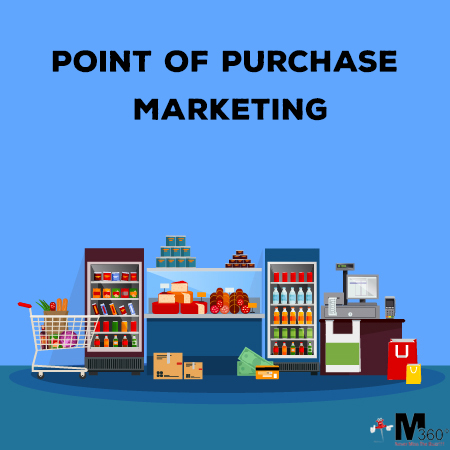“Your customer doesn’t care how much you know until they know how much you care” – Daman Richards.
Point of purchase (POP) is a form of in-store marketing, a focal point to assist you in suggesting product add-ons or up-selling customers. POP is the area of a store, which is planned and designed to capture the attention of potential buyers.
POP programs can be easily tailored to the needs of local markets or classes of trade in response to marketers’ increasing emphasis on region-by-region marketing programs and on account management of key retail customers, this is also termed as precise target marketing.
POP marketing refers to messages delivered to potential customers at the exact point they make a purchasing decision, either in store or on a website. There are different levels of method that relates to the flow of POP strategy.
- Hands-on Experience – Customers are likely to buy those products of which they have a direct experience and can actually visualize owning them. Baskin Robbins gives shoppers the opportunity to taste the flavors and then choose the best.
- Cross Marketing – It is a POP strategy that makes visual marketing suggestions by placing items that consumers use together in close proximity to one another. It costs retailers nothing to put butter next to packets of bread, or sunscreen next to bathing suits.
- Location – Items placed at eye level are more noticeable than items shelved higher or lower. This can increase sales of impulse items such as candy and magazines by placing them near the cash register, where customers must bide their time as they wait in line and are most likely to notice and be enticed by items such as candy and magazines.
POP strategy effectiveness can be measured by evaluating the performance of customers through;
- Impact Ratio, which measures the number of shoppers making eye contact for a particular product for a sufficient time.
- Engagement Ratio, measures the number of customers that look at the display and then interact with the product or display.
- Conversion Ratio, which determines the number of shoppers interacting with the product and putting them in basket.
- Lost Conversion Ratio, which explains the number the customers who interact and put the product in their basket but remove the product at the time of purchase.
The plinth of the POP strategy depends on the Customer Expectations, like promoting benefits, which customers can expect from the product. Research about the consumers demand of what they want and need. Analyze the competition in the market and then bring it better for consumers.
Source: https://www.dotactiv.com/blog/point-of-purchase
Bitly: https://bit.ly/30M8X3F
Source: https://bit.ly/2OyDEZd


Hi there! I’m at work surfing around your blog from my new apple
iphone! Just wanted to say I love reading your blog and look forward to
all your posts! Keep up the outstanding work!